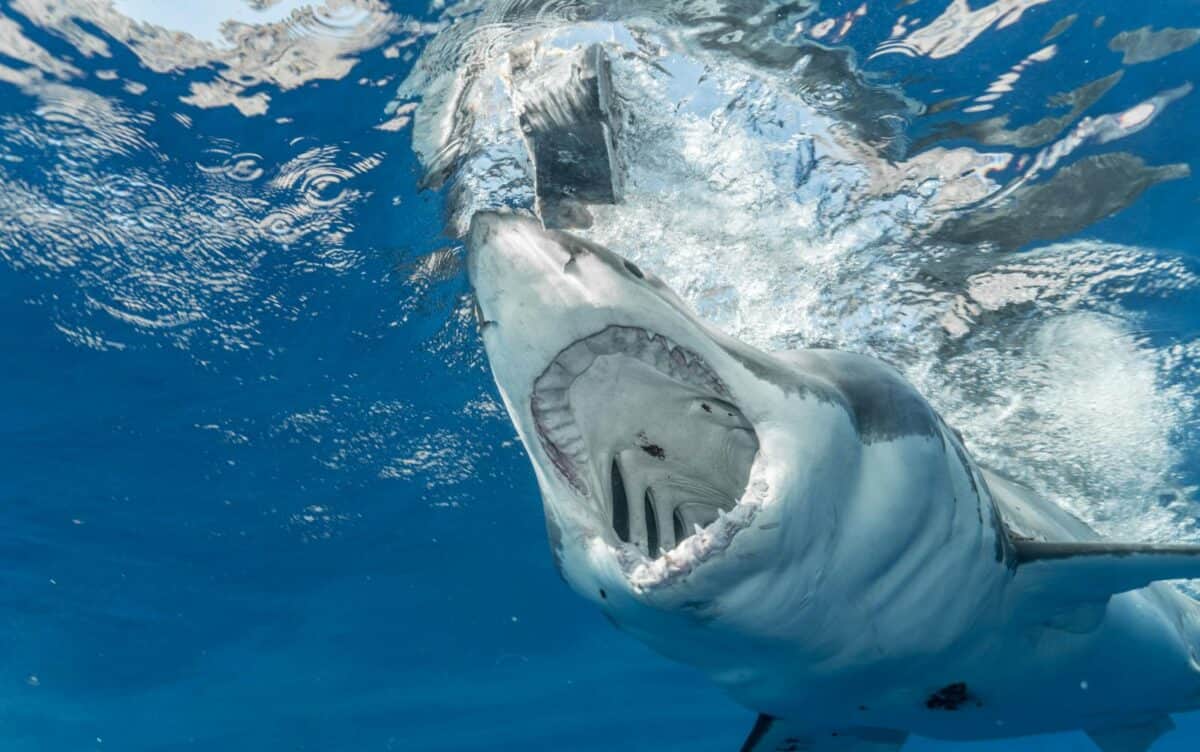The deep ocean is often referred to as the last frontier on Earth, shrouded in mystery and intrigue. It is a realm of perpetual darkness, extreme pressure, and icy temperatures—a world alien to human eyes. Yet, it is teeming with life, from strange bioluminescent creatures to some of the most dangerous predators known to science. The deep ocean is not only fascinating but also home to creatures that pose significant threats to each other, and potentially even to humans. This article delves into the fascinating, and sometimes terrifying, inhabitants of these abyssal depths.
15. Anglerfish: Masters of Deceit
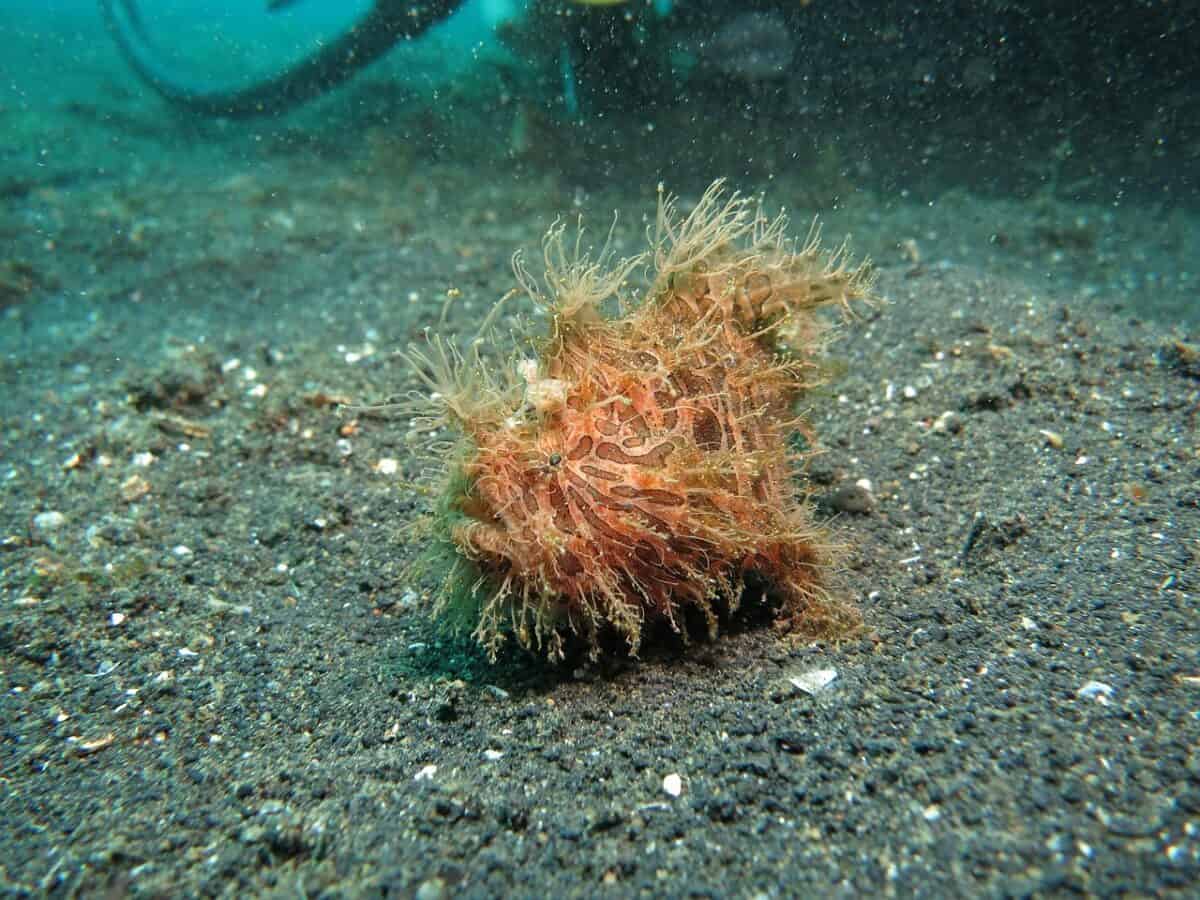
Anglerfish are notorious for their distinctive appearance and hunting strategies. They possess a bioluminescent lure that protrudes from their heads, attracting prey in the inky darkness of the deep ocean. This adaptation allows them to ambush unsuspecting victims, devouring them with a set of sharp, fang-like teeth. Though anglerfish pose no direct threat to humans, their predatory skills make them formidable hunters within their ecosystem.
14. Giant Squid: Myth into Reality

Once thought to be the stuff of legends, giant squids are very real and can reach lengths of up to 40 feet. These elusive creatures have large eyes, perfect for spotting prey in the darkness, and powerful tentacles equipped with sharp hooks. While human encounters are rare, their size and strength make them a fascinating subject of research and an intimidating presence in the ocean depths.
13. Goblin Shark: The Living Fossil

Goblin sharks are often referred to as “living fossils” because they have changed little over millions of years. They are easily recognizable by their elongated snouts and protrusible jaws, which are lined with nail-like teeth. This bizarre species is rarely encountered by humans, but its unusual morphology and sudden, rapid attacks on prey give it an otherworldly dangeur.
12. Box Jellyfish: Transparent Assassins
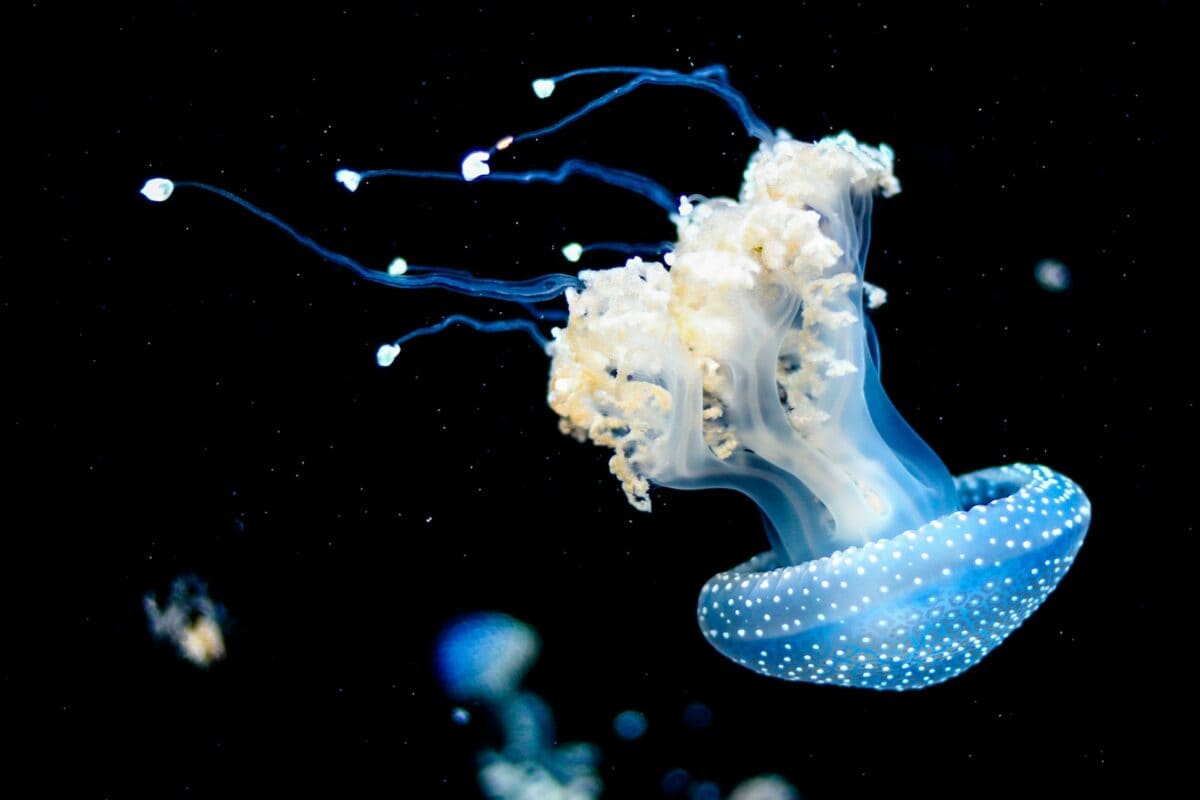
Box jellyfish are among the most venomous creatures in the ocean. While they are typically found in coastal waters, some species lurk in deep waters. Their nearly invisible bodies contribute to the danger they pose, as unsuspecting swimmers or divers might get ensnared in their tentacles, which deliver potent venom capable of causing cardiac arrest in humans.
11. Fangtooth Fish: Bite Bigger Than Its Size
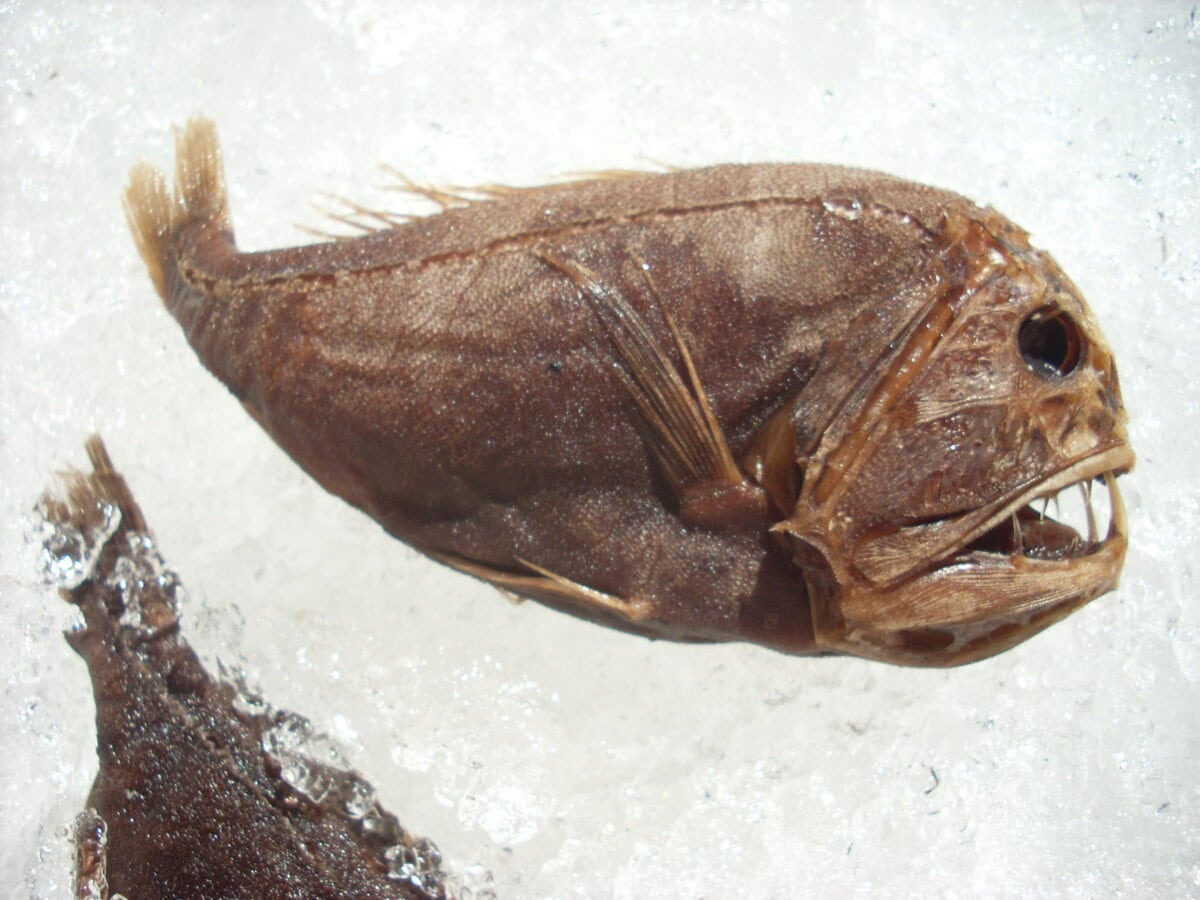
Despite their small size, fangtooth fish have the largest teeth relative to body size of any fish in the ocean. Their menacing appearance is heightened by these disproportionately large teeth, which help them capture and consume prey with ruthless efficiency. They inhabit some of the deepest parts of the ocean, thriving in environments where few others can survive.
10. Viperfish: The Deep-sea Lurker
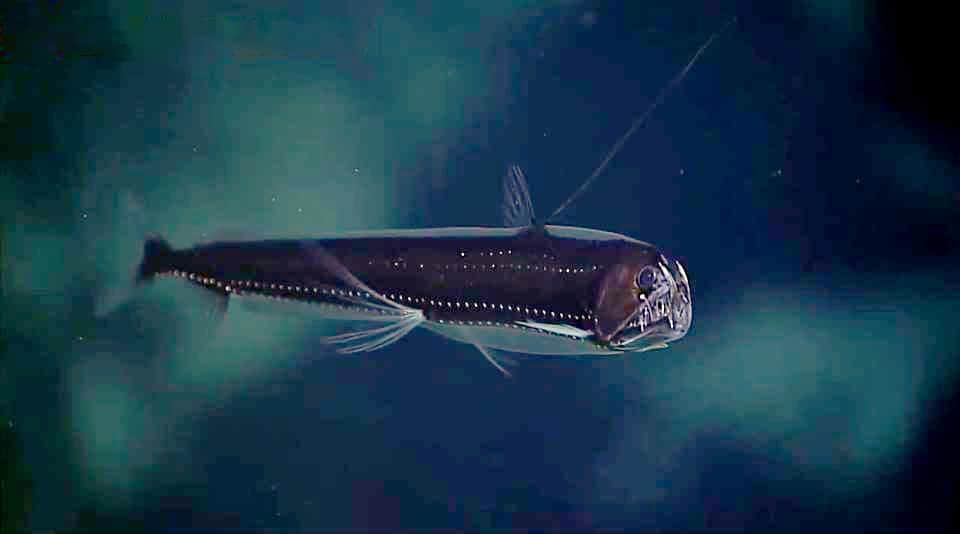
Viperfish are another small but deadly predator in the ocean depths. They are equipped with needle-like teeth and a hinged lower jaw that allows them to catch and hold onto struggling prey. Viperfish also use bioluminescent organs to attract and deceive other marine creatures. Their aggressive hunting techniques make them a formidable presence in their habitat.
9. Blue-ringed Octopus: Little but Lethal

The blue-ringed octopus is deceptively beautiful, adorned with vivid blue rings that serve as a warning of its potent venom. Though small and often found in shallow waters, some species venture into deeper environments. Human encounters can result in lethal envenomation if the warning signals are ignored, making this octopus one of the most dangerous marine creatures.
8. Deep-sea Dragonfish: Camouflaged Killers

Deep-sea dragonfish possess a unique adaptation that allows them to produce and perceive red light—an unusual trait in the deep ocean. This ability gives them an advantage, as they can spot prey that remains invisible to others in the otherwise dark environment. Their stealthy nature and sharp teeth make them calculated hunters in the abyss.
7. Stonefish: Cryptic Dwellers

Stonefish are masterful at camouflage, blending in seamlessly with rocky or coral seabeds. Their venomous spines pose a significant threat to humans who may inadvertently step on them. Although typically associated with shallow waters, some species can be found in deeper marine environments, maintaining their status as one of the most dangerous fish in the ocean.
6. Black Swallower: The Greedy Guzzler

Black swallowers are known for their extraordinary ability to consume prey larger than themselves—sometimes up to twice their body length. Their distensible stomachs allow them to take advantage of scarce feeding opportunities in the deep ocean. While not a direct threat to humans, their voracious appetites and unique adaptations highlight the survival strategies of deep-sea life.
5. Deep-sea Snake: Silent Strike
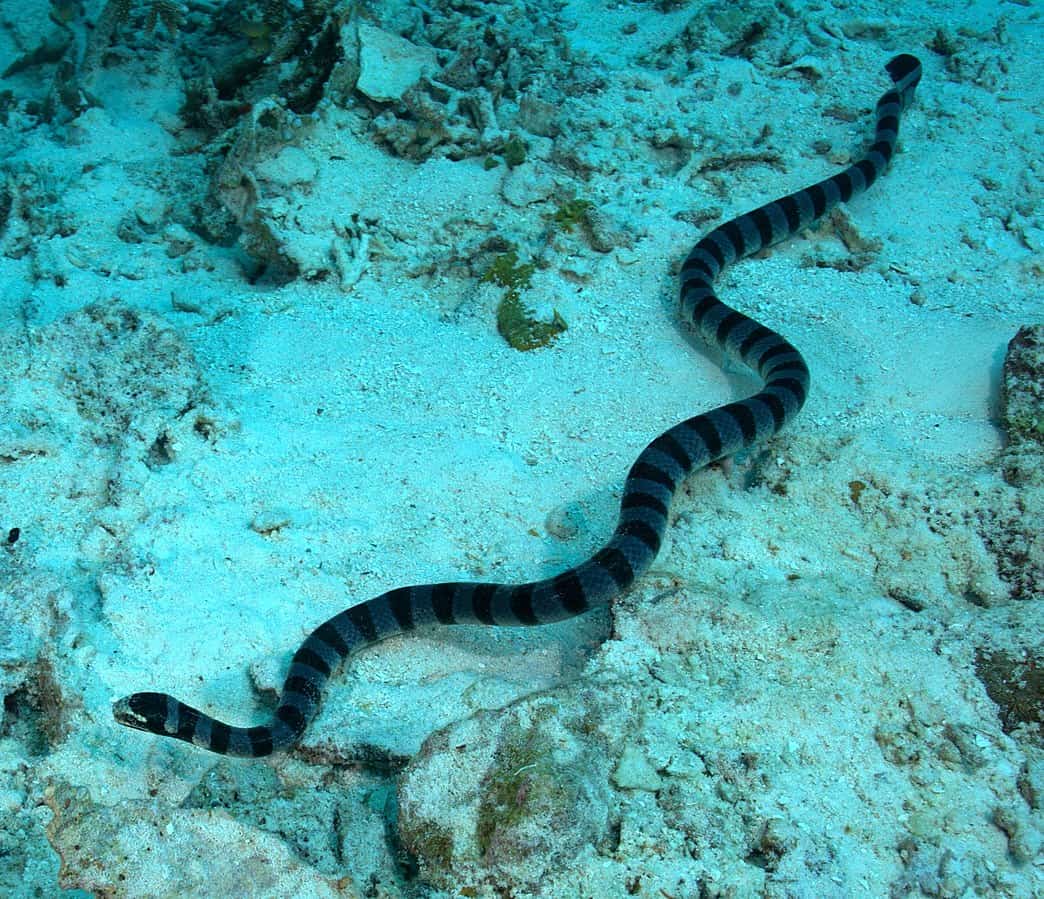
While not a true sea snake, the marine depth-dwelling reptiles exhibit snake-like characteristics and can be found in the ocean’s depths. Their slender bodies and venomous bites are adapted for capturing fast-moving and elusive prey, making them efficient predators in their murky habitats.
4. Frilled Shark: Relic of the Past

Frilled sharks are prehistoric-looking creatures bearing features typical of their ancient ancestors. Their flexible jaws and 300 needle-like teeth are perfect for ensnaring squid, their primary prey. Although largely unknown to humans, they are exceptional hunters in the murky ocean depths due to their anatomical prowess and stealth.
3. Cookiecutter Shark: Stealthy Biters
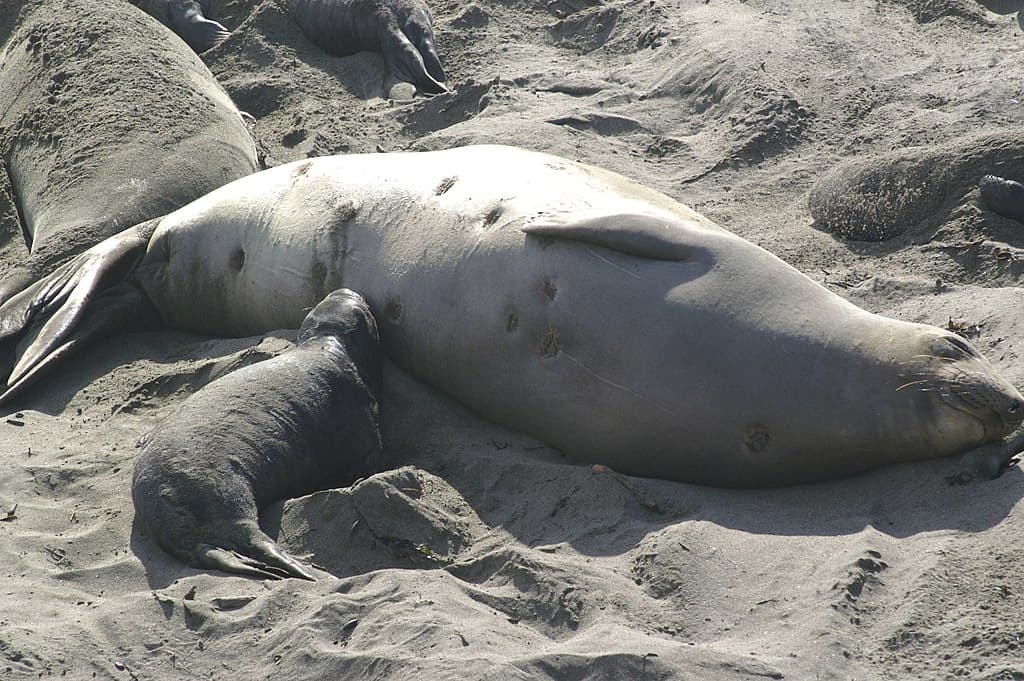
Cookiecutter sharks are known for their unique feeding technique of taking circular bites out of larger marine animals and even inanimate objects like submarines. Despite their small size, these sharks have powerful jaws equipped with specialized teeth that create cookie-sized holes, leaving their mark on unsuspecting prey and objects alike.
2. Hairy Frogfish: Masters of Disguise
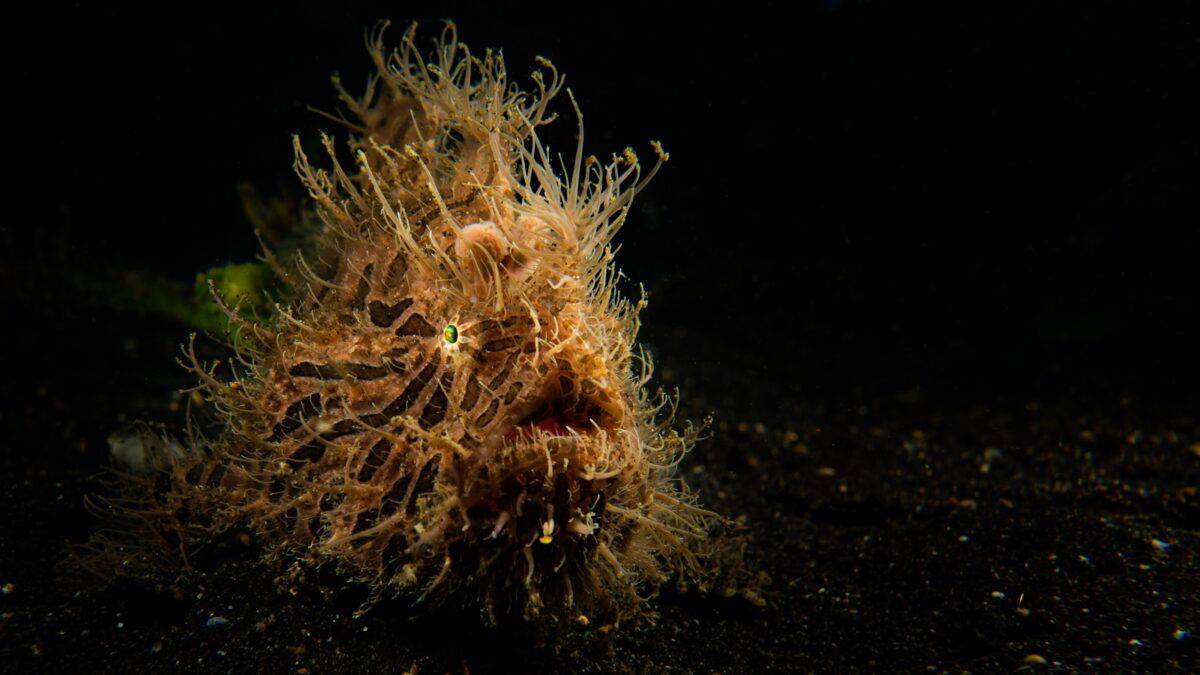
These fascinating creatures are ambush predators, employing a remarkable mimicry technique. Their bodies resemble rocks, coral, or even growths on the seabed, allowing them to approach prey without detection. They can lie motionless for days, waiting to strike at an opportune moment, showcasing the patience and adaptation required to survive in oceanic depths.
1. Gulper Eel: Elastic Predators

The gulper eel is aptly named for its cavernous mouth, capable of engulfing prey nearly half its size. This adaptation is essential for life in the nutrient-scarce deep ocean, allowing the eel to capture a wide variety of organisms. While it poses no threat to humans, its expansive jaw and elastic body make it a remarkable example of survival adaptations.
The deep ocean continues to be a source of endless wonder and mystery, offering new insights into the adaptability and resilience of life on our planet. The creatures that inhabit these cold, dark waters are some of the most fascinating and dangerous in nature. By understanding these organisms, we not only unravel the mysteries of the deep but also gain a greater appreciation for the delicate balance of marine ecosystems. As we continue to explore this vast and hidden world, it is crucial to recognize and respect the formidable inhabitants that have made it their home.
- The Coldest Town in America—And How People Survive There - August 9, 2025
- How Some Birds “Steal” Parenting Duties From Others - August 9, 2025
- 12 Deep-Sea Creatures You Won’t Believe Exist - August 9, 2025

